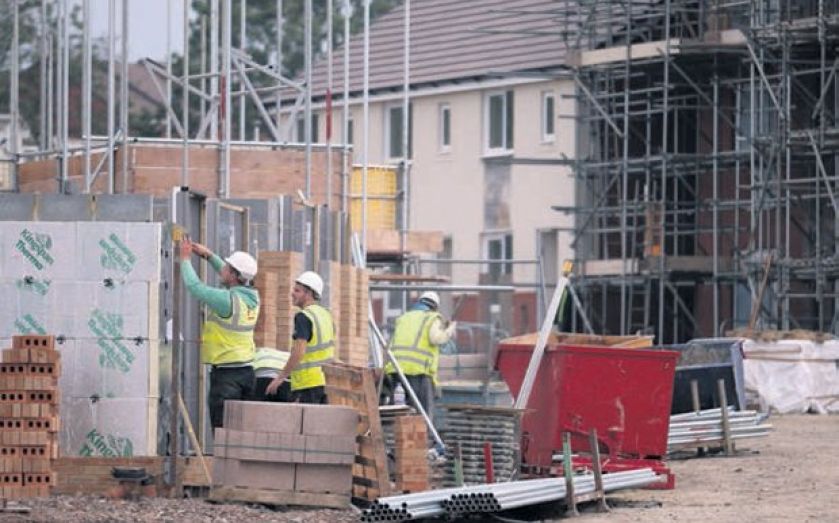15,000 homes sold under Help To Buy scheme

FIGURES released yesterday showed that nearly 15,000 people used the first part of the government’s controversial Help to Buy scheme up to the end of January.
The policy, which allows house buyers to offer much smaller deposits on newly built homes, is just the first half of a larger plan that has been opened up to all homes worth less than £600,000 since October.
Buyers have been given a typical equity loan from the government worth £36,599, to buy a home with a median price of £184,000. In total £600m of equity loans have been extended, for buyers to snap up £3bn of property.
The policy picked up speed during 2013, with the most completed equity loans being confirmed this December. In May, the scheme saw only 175 completions across the country, surging to 3,410 by the last month of the year.
Statistics for the similar NewBuy scheme were also published yesterday, showing that 528 home purchases were made in the final quarter of last year, raising the total amount of purchases to 4,876 since March 2012.

According to separate analysis released today, the average user of Help to Buy is younger, has a lower income and is paying a significantly lower deposit than normal buyers.
The Mortgage Advice Bureau says that Help to Buy deposits are lower than average homebuyer’s even before taking into account the government’s large contribution, which can run to 20 per cent of the price.
The average deposit for Help to Buy users is £48,789, including the major contribution from the government. This means that some buyers are forking out only £12,106 for a deposit.
Buyers taking advantage of the government’s new loan system are six years younger on average than buyers in the market as a whole, and they earn around a fifth less in general.
A Help to Buy user is 31 and earns just over £30,000, about £8,000 less than others.